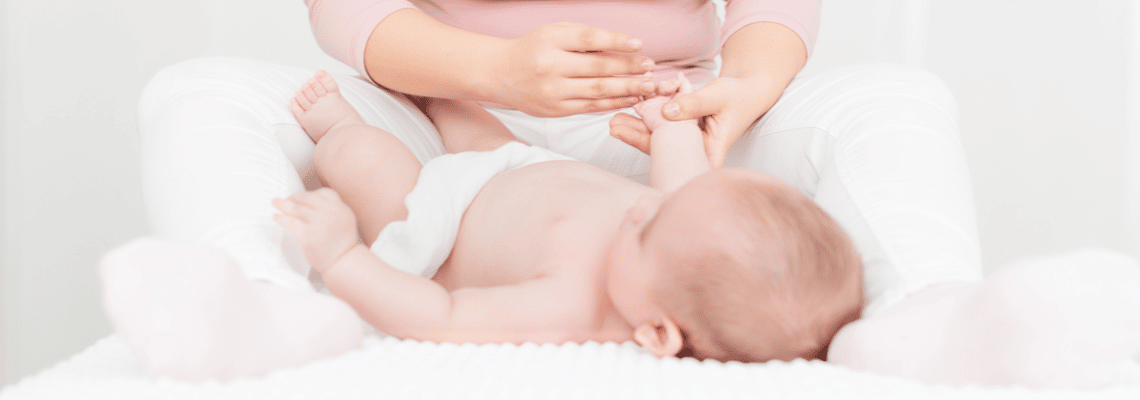
Babies are sweet little creatures that love being pampered. They love the feeling of being touched and massaged. Massaging your baby is not only a great way to bond with them, but it can also help soothe them and relieve any discomfort they may be feeling. Here, we will provide you with a complete guide to baby massage so that you can feel confident in giving your little one the best possible massage.
Health Benefits of Doing Baby Massage
Besides making your baby feel happy and loved, many health benefits come from doing baby massage. These benefits include:
Improved Blood Circulation
Babies have very delicate skin, and their circulatory system is not fully developed yet. Massaging your baby can help to improve circulation and promote healthy blood flow. Blood circulation occurs because the massage stimulates the release of oxytocin, a hormone that helps improve blood flow. Also, the gentle pressure of the massage helps to move the blood through the body more efficiently.
Improved Digestion
Baby massage helps to stimulate the digestive system and can help to relieve gas and bloat. Massaging your baby’s tummy in a clockwise direction can help to move things along and get the digestive system working properly.
 Relief from Congestion
Relief from Congestion
If your baby is congested, a massage can help to provide some relief. This is because the massage can help loosen up the mucus and make breathing easier for your baby. You can massage your baby’s chest, back, and neck to help with congestion.
Knowing When it is Safe to Start Massaging Your Baby
You can start massaging your baby as soon as you feel comfortable doing so. However, it is always best to wait for some weeks to ensure that your baby’s umbilical cord has fallen off and the navel has healed completely. Make sure you use gentle pressure and strokes when massaging your baby. It is always best to start slowly and increase the pressure as you go.
It would be best if you also talked to your child’s pediatrician first. They will be able to give you the green light and let you know if there are any specific areas that you should avoid massaging.
How to Properly Give a Baby Massage (Step by Step)
Now that you know all about the benefits of baby massage and when it is safe to start, it is time to learn how to give a baby massage properly. Follow these steps for the perfect baby massage:
Gather Your Supplies
Before starting the massage, you will need to gather all the supplies you need. These include a massage oil or lotion, a clean towel, and a comfortable place for your baby to lie down. Be sure to test the temperature of the oil or lotion. You can do this by placing a small amount on the inside of your wrist. The oil should be warm but not hot.
Prepare the Area or Room
Once you have all of your supplies, it is time to prepare the room. You will want to make sure that the room is quiet and calm. You may want to dim or light some candles to create a relaxing atmosphere. You should also ensure you will not be interrupted during the massage.
 Start with the Upper Body
Start with the Upper Body
When ready to start the massage, you want to begin with your baby’s upper body. You can gently rub the lotion or oil onto your baby’s chest and back. Then, you can massage the arms and shoulders using gentle strokes. You can also massage the neck and head using gentle circular motions.
Work on the Lower Body
Once you have finished massaging the upper body, you can move on to the lower body. You will want to start by massaging the legs using gentle strokes. You can also massage the feet and toes using a circular motion.
Finish with the Tummy
The last area that you will want to massage is the tummy. You can gently rub the lotion or oil onto the tummy in a clockwise direction. This will help to stimulate the digestive system.
End with a Gentle Hug
After you have finished the massage, you will want to end with a gentle hug. This will help your baby to feel secure and loved.
Massaging your baby is a great way to promote bonding and health benefits. Just make sure that you follow the steps above to give your baby the perfect massage. Also, talk to your child’s pediatrician before you start. They will be able to give you specific instructions and let you know if there are any areas that you should avoid.


